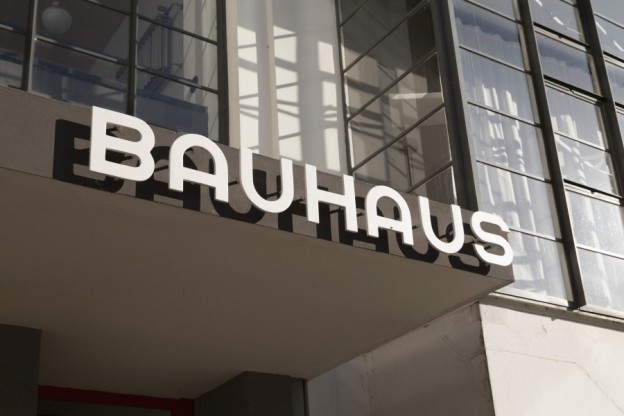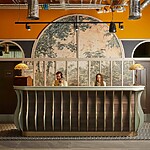The Bauhaus was one of the 20th century’s most influential schools of art, design and architecture. As part of celebrations to commemorate the centenary of the school’s foundation, in Weimar during 1919, Germany’s capital is hosting the Bauhaus Week Berlin from 31 August to 8 September.
The hub of the festival will be Ernst-Reuter-Platz, a square named after the Governing Mayor of West Berlin from 1948 to 1953. Bauhaus Week Berlin will feature a Modernism-themed version of the long-established Open Heritage Day on 7 and 8 September 2019. Monuments and buildings normally closed to members of the public will be open and free to visit. Events under the Open Heritage Day umbrella includes guided tours of buildings, a presentation at the Museum Charlotten-Wilmersdorf in the Villa Oppenheim and a bicycle tour of Berlin’s gas-lit streetlamps.
The Bauhaus was established in Weimar in the wake of World War One. Its founding director, Walter Gropius, is recognised internationally as a successful architect. His later designs include one of the apartment blocks in Berlin’s Hansaviertel.
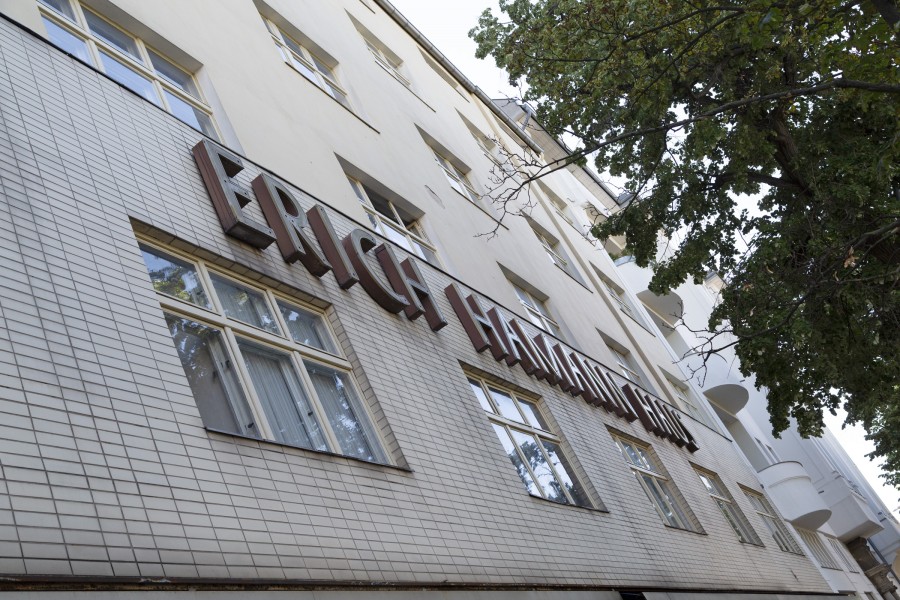
Gropius founded the school during a turbulent time of German and European history; Germany had been defeated during World War One and teetered on the brink of revolution. Consequently, its government’s elected representatives were meeting in Weimar rather than Berlin in 1919. Many of the artists and designers studying and teaching at the school hoped that they could use their skills for the advancement and betterment of society so that the losses of the Great War would not be repeated.
The Bauhaus remained in Weimar for just six years before relocating to Dessau. It was based there until its final months when it moved to Berlin. The school dissolved voluntarily, in 1933, in response to pressure exerted by Germany’s National Socialist authorities.
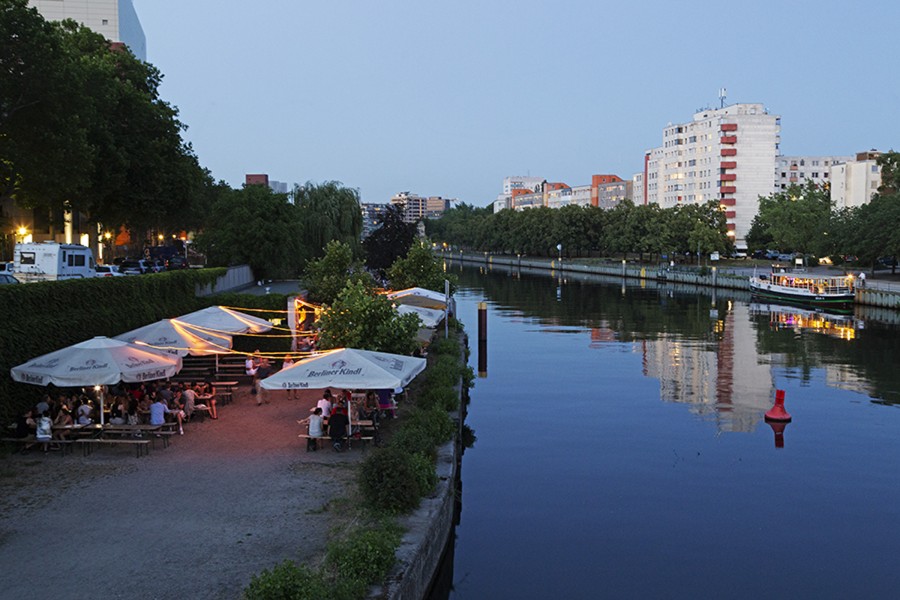
The Bauhaus’s name often conjures images of flat-roofed, Modernist houses. Under building regulations introduced in 1933, shortly after the National Socialist was elected to govern Germany, the construction of flat-roofed houses was no longer permitted on the grounds that they were ‘un-German’. That accusation was also made of Modernist artworks. The Nazis labelled it Entartete Kunst, a term meaning ‘degenerate art’. Many of the Bauhaus’s masters and students left Germany following 1933, dispersing its principles and practices worldwide.
The Bauhaus Archive was founded in 1960 to bring together material relating to the Bauhaus from around the globe. In 1979 one of Gropius’s designs was adapted and constructed to house the archive, which is undergoing modernisation. The site will gain a new museum building with a glass tower. Until the reopening, Bauhaus-related events and exhibitions are being held at the archive’s temporary headquarters at Knesebeckstrasse 1-2 in Berlin’s Charlottenburg quarter.
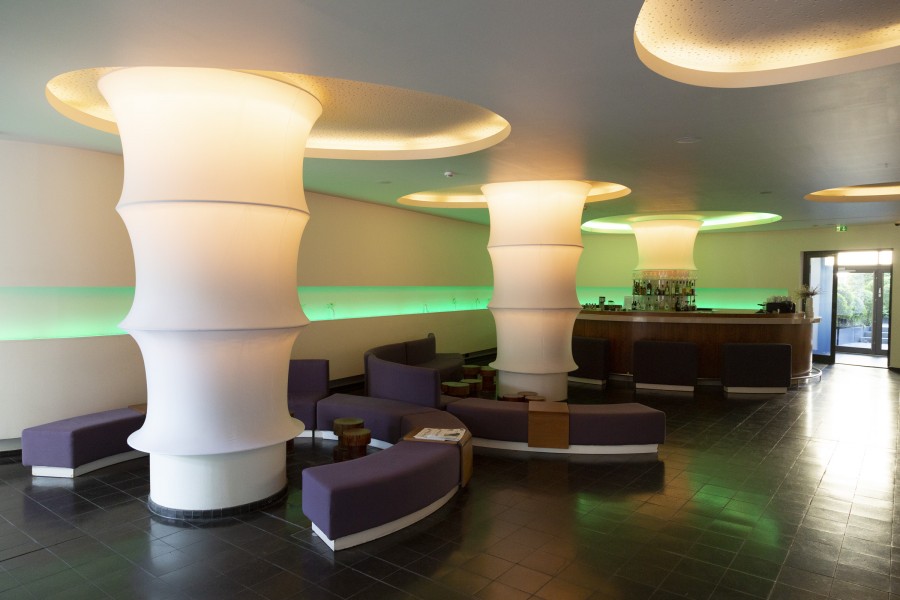
The exhibition Original Bauhaus will be held at the Berlinische Galerie (Alte Jakobstrasse 124 – 128) from 6 September 2019 until 21 January 2020. It will tell the story of 14 objects from the Bauhaus collection. The mantra ‘form follows function’ influenced the design of numerous objects. Through the artefacts shown, the Original Bauhaus exhibition aims to explore the legacy of the school of art, design and architecture.
More can be seen at Stilwerk, the design store at Kanstrasse 17, which is paying homage to a century of the Bauhaus by displaying 100 of the objects that provide an insight into the school’s influence. The exhibition is curated by Wilfried Lembert.
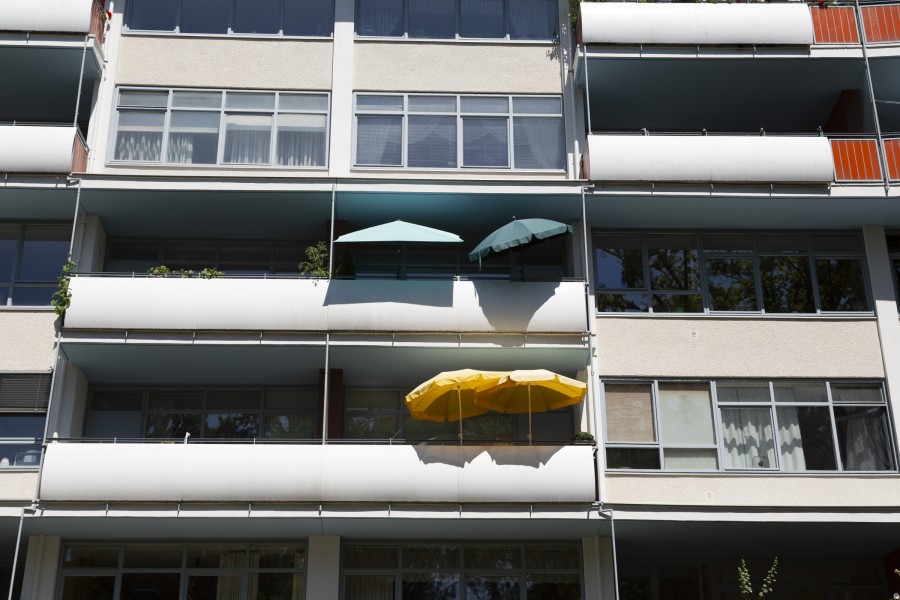
Berlin’s Museum for Photography hosts the exhibition Bauhaus and Photography:
On Neues Sehen in Contemporary Art until 25 August 2019. It includes works by the Bauhaus masters László Moholy-Nagy and Lucia Moholy and explores influences on aesthetics.
Further Bauhaus-related objects and sites of interest can be viewed in Weimar and Dessau-Rosslau, each a couple of hours by train from Berlin. The new Bauhaus Museum Weimar opened in April while the opening of the Bauhaus Museum Dessau is scheduled for 8 September 2019.
Tell me more about the Bauhaus in Berlin
The following websites provide information likely to be of interest to visitors to Berlin who are keen to understand more about Bauhaus-related themes:
Art Berlin offers architecture tours of Berlin.
Bauhaus 100 – Information about the Bauhaus and exhibitions being held to mark its centenary.
Bauhaus Archive and Museum of Design – Information about the institution known in German as the Bauhaus Archiv / Museum fuer Gestaltung.
Visit Berlin – The city’s tourism information website.
Germany Tourism – The website of the national tourism organisation.
How to get to Berlin
Stuart travelled to Berlin from the United Kingdom using a Global Pass from Interrail. The pass provided first-class travel for seven days within its month-long validity (priced at €335 for an adult). Passes are available for first or second class travel. They are valid for up to three months. Passes for travel within one country are also offered.
Berlin WelcomeCards are valid for between 48 hours and six days. They include the use of public transport in the German capital and discounted entry to around 200 attractions.
Where to stay in Berlin
Hotel Ku’Damm 101 (Kurfuerstendamm 101, 10711 Berlin; T. +49 30 5200 550) is a design hotel whose interiors are based on the colour palette of French architect Le Corbusier. The 4-star superior hotel has 170 rooms, a spa and ground-floor bar. The breakfast buffet is laid out in a room whose windows provide views over the rooftops of West Berlin.
Where to dine in Berlin
Aleppo Supper Club is a compact restaurant serving Syrian cuisine. Despite its name, it is open daily from 10.00am to 10.00pm.
Bar Brass is a spacious modern restaurant with a garden. Attractively presented dishes are served.

